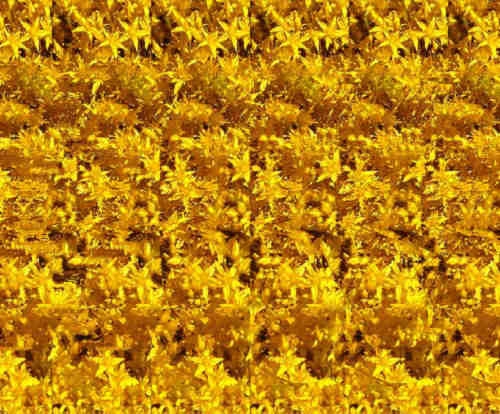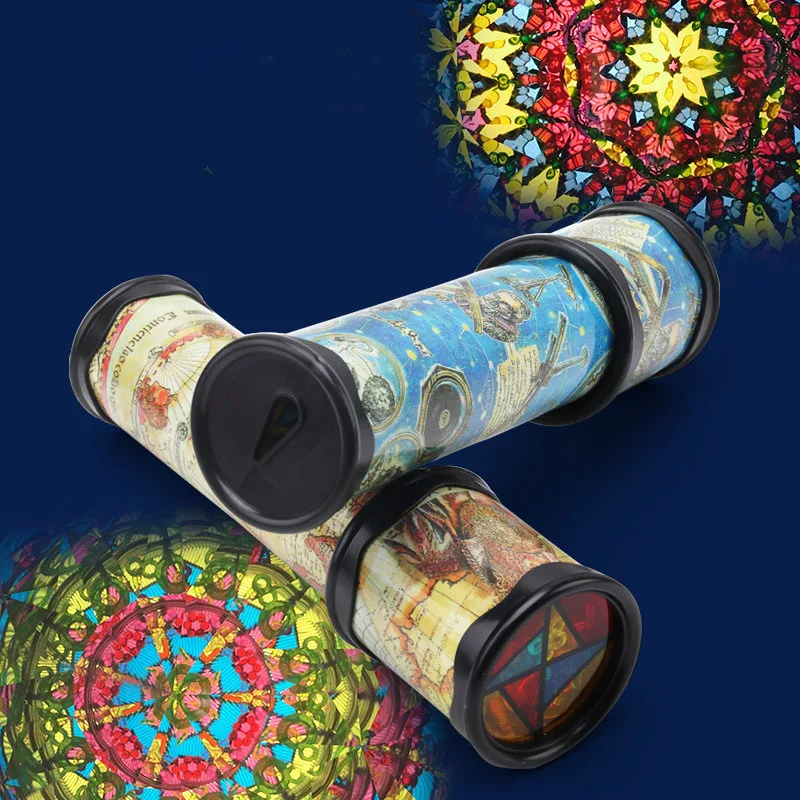



Choose the X, Y or Z axis, based on the way the red dots fall on your eyeball model (any will work, but only one of them should be active!). I then hit the R shortcut to activate Radial. To get the radial effect I go to the Transform Panel and switch on Symmetry. 1: Use the Transform Panel to access the Radial Symmetry Now we can paint anything we like on the eye! The pro trick now is painting with Radial Symmetry turned on for a realistic effect.īeginning to use Polypaint and switching on the Radial Symmetry to allow painting around a central axis. Then select the Standard brush (Keyboard shortcut: B, S, T), and select Toy Plastic from the Material menu. Switch off ZAdd on the top bar, as we only want to edit material and color, not depth. Make sure Colorize is active (Tool > Polypaint > Colorize). To make the eye, select a Sphere3D from the tool menu and press Make Polymesh 3D to make it a true 3D object that we can work on. Progress of a ZBrush eye from a Polymesh3D sphere to a colored eyeball, plastic materials and Polypainted texture for the sclera, iris and pupil Making the eye and beginning to Polypaint In future tips we will explore using this same technique for sculpting objects - but for now, let's look at an eyeball! Download assets for this free tutorial. Then, using a Standard brush and radial symmetry, we'll paint the eye as if it is was kaleidoscope.
#3d magic eye kaleidoscope image how to
This quick tip explains how to make the eyeball, and use Polypaint to add initial color and material. But, sometimes, I want more control, and want to actually paint the eyeball from scratch. Quite often, to make a realistic eye, I use a high-resolution image and apply it using Spotlight in ZBrush. ZBrush tip of the day by Glen Southern! Making eyeballs using Spotlight and textures works well, but what if you want to make your eyeball from scratch? Check this video out.


 0 kommentar(er)
0 kommentar(er)
